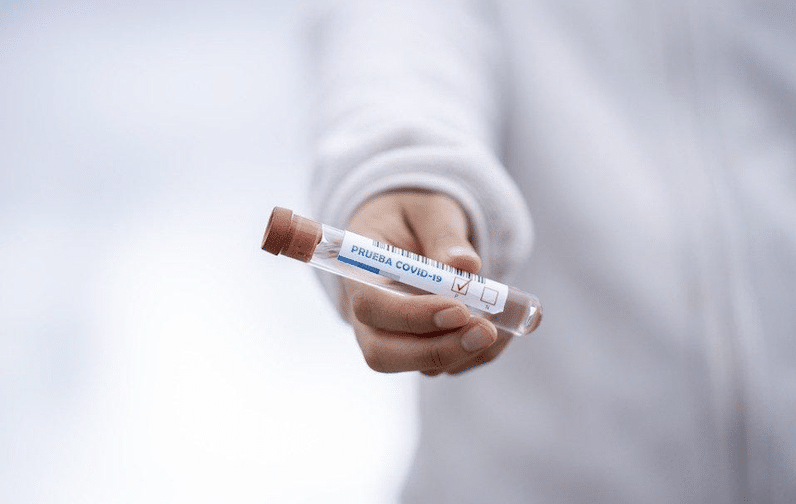COVID-19 testing has become routine in many workplaces, especially for public-facing employees. People may be tested for the coronavirus because they were exposed at work or by family members. Others are tested to determine if their respiratory symptoms are caused by the flu, pneumonia, or the coronavirus. But there is confusion over what you should do after you get the test results. Here are 5 steps you should take if one of your employees tests positive for COVID.
Isolate the Person
If the person has tested positive for the virus, they should be sent home to quarantine. The CDC also recommends sending anyone home who shows up for work sick, while those who are ill but haven’t yet been tested should stay home. The goal is to minimize the potential spread.
Notify Those Who May Be Affected
Employers should notify employees, customers, and vendors that may have been exposed to the employee who tested positive for COVID. The challenge is determining who may be at risk. In general, the risk is highest for those within six feet of the infected person for an extended period of time or who were coughed or sneezed on. You can identify people who work in the immediate area, but exposure can include people who shared a hallway or bathroom with the person.
Some firms notify everyone in the same department or the same floor of the building. Err on the side of caution and inform more people rather than just a few, since you don’t want to risk the whole building being shut down because there are multiple infected people.
Document the Event
You’ll need to document the illness in many cases. This is because OSHA issued guidelines in 2020 saying that employers are required to log work-related COVID-19 illnesses in their OSHA 300 log. Furthermore, you’ll need to follow local and state guidelines for reporting COVID cases in the workplace. However, you are not allowed to name the person who tested positive for the virus to coworkers or the general public. That is a violation of privacy and confidentiality laws.
Take Corrective Action
Perform enhanced cleaning and disinfection of the area where the person suspected of or confirmed to have the coronavirus worked. Ensure that those doing the cleaning are wearing proper protective gear. We’ve mentioned that exposure is greatest if someone is coughed or sneezed on. You could take steps to limit this form of exposure. Sneeze guards are a great option. Services like sneezeguardez.com have a variety of clear guards that allow your employees to see and interact with the public while minimizing their potential exposure. You can also install sneeze guards and panel extenders in your office.
Plan for Their Return to the Workplace
The initial guidelines from the CDC said that the sick employee should self-isolate for 14 days. Do everything possible for them to work remotely. Then begin planning how those individuals can return to work.
If the person takes another COVID test and it is negative, they can return to work after seven days. If they’ve had a second positive test, then they need to isolate for a longer period of time. The CDC says employees can return to work and other normal activities after:
- 10 days without any symptoms after the positive test result
- 10 days since they last had symptoms
- They are fever-free for at least 24 hours without any fever-reducing medication
Testing positive for the coronavirus is a matter for concern, not a disaster. However, there are steps your business can take to mitigate everyone’s risk and make things as painless as possible.



![Read more about the article [Funding alert] Investment platform Stockal raises $3M in pre-Series A round](https://blog.digitalsevaa.com/wp-content/uploads/2021/05/Imageeon8-1620295026066-300x150.jpg)
![Read more about the article [Funding alert] Stylework raises Rs 4 Cr led by Inflection Point Ventures](https://blog.digitalsevaa.com/wp-content/uploads/2021/03/Image5zp4-1615200533937-300x150.jpg)




